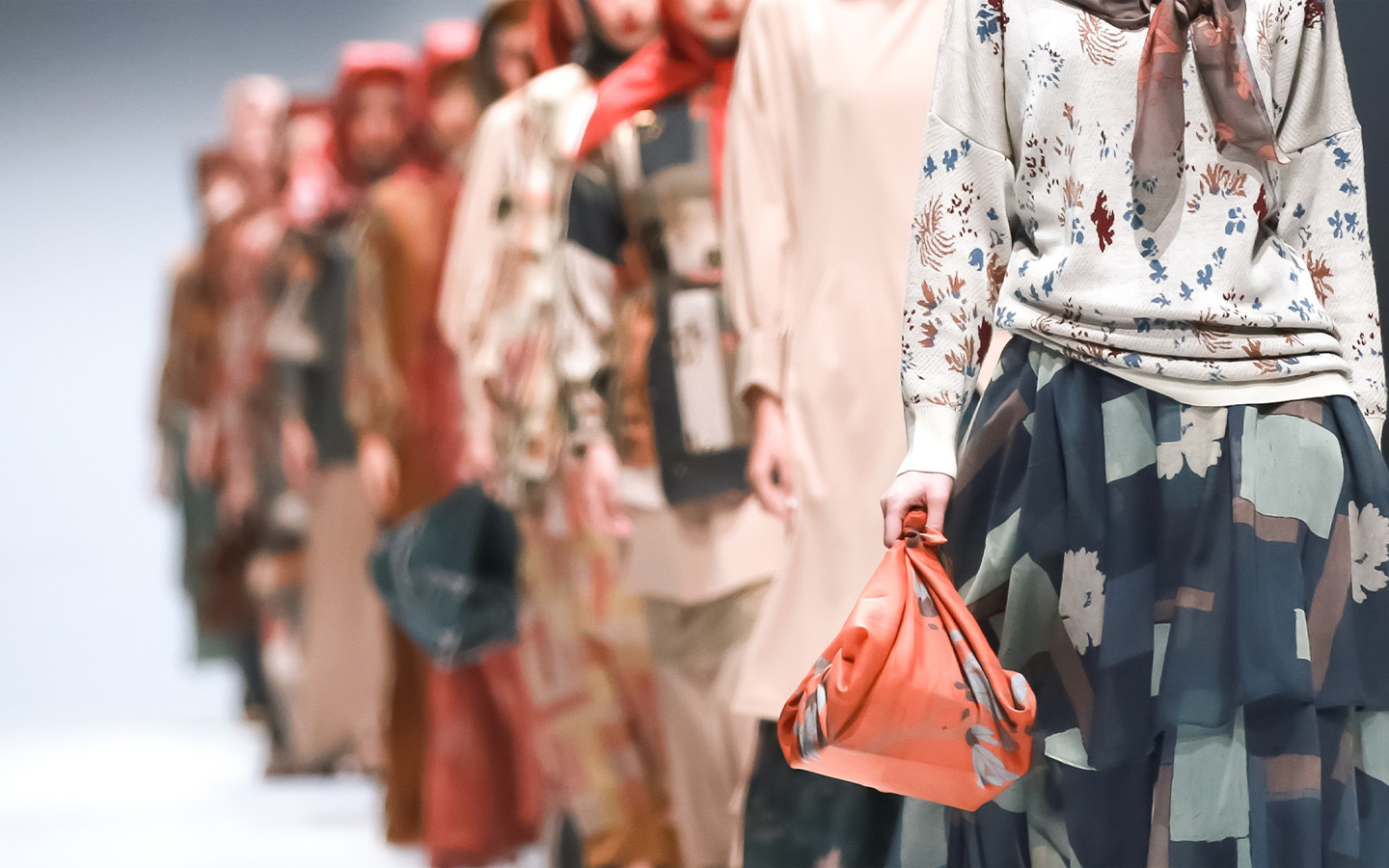Introduction
Aesthetic preferences—the way individuals perceive beauty, harmony, and artistic value—are often thought to be deeply personal, guided by subjective tastes. However, these preferences are far from arbitrary. Culture plays a profound role in shaping our aesthetic judgments, influencing everything from our sense of style to the artwork we admire and the architecture we find appealing. This article delves into how culture shapes our aesthetic preferences and why understanding this connection is essential to navigating the diverse world of human creativity.
The Power of Culture in Shaping Aesthetics
At its core, culture is the shared set of beliefs, practices, values, norms, and expressions that a group of people uphold. It affects almost every aspect of human life, from language and food to social structures and, critically, our aesthetic ideals.
Cultural influences impact how we see beauty, whether it’s in nature, art, fashion, or design. These ideals are passed down from one generation to the next through art, education, and socialization. This transmission ensures that cultural values remain alive, but it also molds how we assess and appreciate various forms of beauty.
1. Aesthetic Preferences and Cultural Identity
Aesthetic preferences often stem from a deep sense of cultural identity. For example, in Western cultures, where individualism and personal expression are highly valued, there tends to be an appreciation for abstract or non-traditional art that emphasizes uniqueness and creativity. This stands in stark contrast to Eastern cultures like Japan, where traditional minimalism and harmony are celebrated in everything from architecture to design.
The strong connection between culture and aesthetic preference is evident when we look at how different societies celebrate or even define beauty. In African cultures, for instance, beauty often manifests through the use of vibrant colors, patterns, and symbolism. In contrast, Nordic cultures tend to favor understated elegance, often prioritizing simplicity and functional beauty in their design choices.
2. Historical Influences on Aesthetic Taste
Cultural history plays a crucial role in shaping how we understand beauty. The Renaissance, for instance, had a profound impact on Western aesthetic values, with its focus on proportion, balance, and humanism influencing Western art and architecture for centuries. Similarly, Chinese aesthetics, influenced by Confucianism and Taoism, often prioritize balance, naturalness, and spiritual harmony.
In today’s globalized world, these traditional aesthetic frameworks often intersect, creating hybrid forms of art and design that blend the old with the new, and the East with the West. This interplay results in diverse expressions of beauty, as different cultural legacies evolve and influence contemporary aesthetics.

3. The Role of Religion and Philosophy
Religious beliefs often shape cultural aesthetic values. In Western Christianity, for example, sacred art—such as the paintings of the Virgin Mary or the Last Supper—has long influenced Western aesthetics. The Baroque period, with its dramatic use of light, shadow, and movement, was deeply intertwined with the religious context of the time.
In Islamic cultures, religion influences aesthetics through the prohibition of depicting the human form in religious contexts, leading to a rich tradition of geometric patterns and intricate calligraphy. Similarly, in Hinduism, the emphasis on spiritual expression through vibrant colors and intricate temple carvings reflects a culture deeply attuned to the divine and the transcendent.
These religious and philosophical frameworks create aesthetic systems that reflect deeper values, often around notions of the divine, the sacred, and the metaphysical.
4. Social and Political Factors
Aesthetic preferences are also shaped by social and political factors. During times of war or revolution, for instance, art often reflects political struggles, representing social change or protesting against the status quo. In communist societies, art was often created to reflect socialist ideals, promoting collective values over individual expression.
On the other hand, in capitalist societies, commercialism and consumer culture have deeply impacted aesthetics. The rise of advertising and fashion in the 20th century reshaped how beauty is marketed and consumed, emphasizing trends and luxury as markers of status and taste.
Political movements like feminism, civil rights, or LGBTQ+ advocacy have also influenced aesthetic movements, pushing for more inclusive, diverse representations of beauty. These movements have led to a broader redefinition of what is considered beautiful, challenging traditional norms and bringing marginalized voices to the forefront of the artistic and fashion worlds.
How Culture Shapes Artistic Expression
Different cultures express their aesthetic preferences through various forms of art, from visual art to music and dance. Art, as a vehicle for cultural expression, reflects and reinforces the values, beliefs, and social structures of the cultures that create it.
1. Visual Arts and Design
One of the most striking examples of cultural influence on aesthetic preferences is in the realm of visual arts and design. The way people approach color, composition, and form can vary significantly across cultures. Western art tends to emphasize realism, perspective, and the human form, while Eastern art focuses on balance, fluidity, and the evocation of nature.
The rise of modernism in the West in the early 20th century brought a radical shift in aesthetic values, as artists like Picasso and Duchamp broke with traditional norms to explore abstraction, conceptual art, and performance. Meanwhile, in many African and Indigenous cultures, art often functions as a symbolic representation of the spiritual and natural world, with less emphasis on realism or perspective.
The role of design in daily life is also influenced by cultural aesthetics. For instance, Scandinavian design is known for its clean lines, minimalism, and functional beauty, while Japanese design blends minimalism with a reverence for nature, often incorporating elements like wood, stone, and bamboo.
2. Fashion
Fashion is another area where cultural aesthetics shine. Western fashion often reflects the latest trends, with a focus on individuality and personal style. High fashion in cities like Paris and Milan sets global standards for beauty and style, while Japanese fashion tends to embrace both traditional and modern elements, often incorporating avant-garde designs that challenge conventional beauty standards.
In many African cultures, fashion can be deeply symbolic, with traditional fabrics and patterns denoting tribal affiliations, social status, or cultural heritage. In Indian culture, traditional clothing such as the sari and lehenga often carries cultural significance and is used to celebrate festivals, weddings, and other cultural milestones.
3. Architecture
The role of culture in shaping aesthetic preferences is particularly evident in the field of architecture. Western architecture has evolved from classical Greek and Roman styles to modernist forms, favoring symmetry, clean lines, and rational design. Meanwhile, Islamic architecture is known for its intricate tile work, domes, and arches, reflecting the spiritual emphasis on harmony and eternity.

In East Asian cultures, traditional architecture often incorporates elements that promote balance, such as the use of natural materials, sliding doors, and courtyards designed to connect the indoors with the natural environment. Similarly, Mesoamerican architecture often emphasizes monumental structures that align with cosmological principles and societal power.
These architectural styles are not just about function—they represent a culture’s values, philosophies, and worldview. They communicate cultural identity and connect the present with historical traditions.
4. Music and Dance
The influence of culture on aesthetic preferences is perhaps most profound in the realms of music and dance. Music styles, from the rhythmic patterns of African drumming to the melodic complexity of Western classical music, reflect cultural histories, emotions, and social structures. Jazz, for example, has its roots in African American communities and carries with it the legacy of social struggle, creativity, and improvisation.
Similarly, Indian classical dance, with its intricate gestures and spiritual symbolism, reflects a culture deeply connected to mythology, religion, and philosophy. The aesthetic experience of music and dance is culturally contextual, where rhythm, movement, and sound can evoke entirely different emotions based on the viewer’s cultural background.
The Globalization of Aesthetic Preferences
In today’s interconnected world, aesthetic preferences are not confined by geographic or cultural boundaries. Globalization has made it easier for people from different cultural backgrounds to share and influence each other’s aesthetic tastes. Through social media, art exhibitions, music festivals, and online platforms, ideas of beauty and style are increasingly becoming shared global concepts.
However, this cultural exchange has a double-edged sword. While it fosters cross-cultural appreciation and creativity, it also raises questions about cultural appropriation, the loss of cultural identity, and the homogenization of global aesthetics. As diverse as the world of art and beauty is, it’s important to understand the deep cultural roots from which these aesthetic expressions arise.
Conclusion
In conclusion, culture is a powerful force that shapes our aesthetic preferences in profound ways. It influences how we view beauty, art, and design, guiding us in our personal and collective judgments. By understanding the cultural context behind these preferences, we not only gain deeper insight into the art and objects we admire but also foster greater appreciation for the diverse ways in which different cultures express their aesthetic ideals.
The connection between culture and aesthetics is a dynamic and evolving relationship, one that shapes our perceptions of beauty while also allowing us to explore new forms of creative expression in an increasingly globalized world.












































